Best technology trends are the beacons that guide us towards the future. As we navigate through 2025, a year brimming with potential, we must stay ahead of the curve.
Here’s why: By 2025, 77% of organizations will shift from piloting to operationalizing AI, making it a cornerstone of business strategy. This is just a glimpse of the transformative power of the 7+ Top Technology Trends You Must Know.
From integrating AI in everyday tasks to the emergence of quantum computing, these trends reshape industries, redefine user experiences, and revolutionize how we interact with the world. They promise a future where technology enhances efficiency and empowers humanity with outstanding capabilities.
So, why wait? Join us as we explore these top technology trends in 2025. Let’s see what are they!
7+ best technology trends to watch in 2025 and beyond
#1. Artificial Intelligence and Machine Learning
- Advanced AI personal assistants that can carry out complex tasks and engage in natural conversation.
- AI will support more business processes, improving decision automation and process effectiveness.
- Within healthcare, AI is expected to support early disease detection and personal treatment packages.
- Ethical AI and Explainable AI will play even more significant roles as AI becomes more influential.
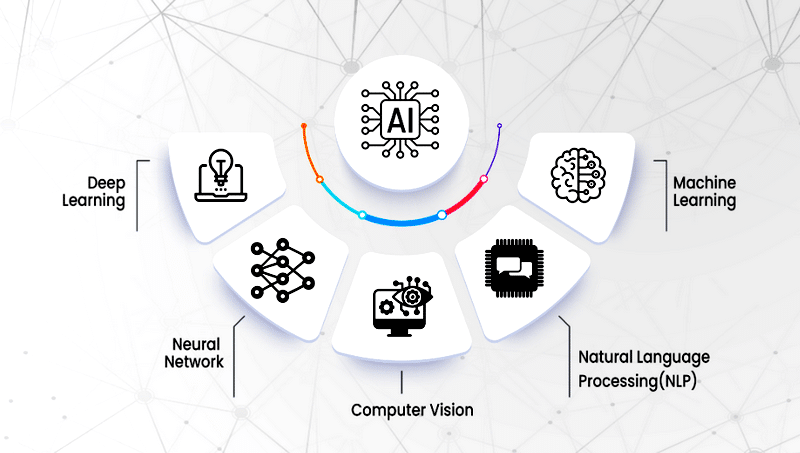
AI & Machine Learning is one of the best technology trends today.
AI & Machine Learning is one of the best technology trends today, with adoption being 2.5 times higher than in 2017. Indeed, 65% of organizations now use AI for at least one business function. Of course, AI is already showing its way into major industries like finance, healthcare, manufacturing, và retail.
AI is no longer limited to larger companies. It has been democratized by recent huge open-source AI solutions and decreased cost and complexity of AI systems.
One such example is OpenAI — the company behind ChatGPT. Search interest for “OpenAI” ballooned over the last 24 months, and the November 2022 release of ChatGPT changed how people perceived AI.
It generated conversational text from natural-language prompts, and ChatGPT’s potential ability allows it to amass a massive following of over 100 million users within just two months.
Not long after, Google rolled out its Gemini, while Microsoft responded with a Bing chatbot running off OpenAI’s technology. Then, Meta joins the AI race by focusing on Llama, an omnibus for open-source, large language models.
LLMs may take business activities to brand new dimensions in developing personalized marketing content, automating complicated coding tasks, và providing a push to data analysis.
According to PwC, business leaders who leverage AI tend to achieve amplified productivity through automation, better decision-making, and enhanced customer experience. AI is being applied in new solutions for manufacturing and warehouse operations.
Using AI-powered image recognition, one can automate inventory management, alerting on low stock while accounting for production or supply chain delays, triggering human intervention.
In the plant itself, AI systems continue to drive the best technology trends of the “smart factory,” enabling predictive maintenance, waste reduction, and improved safety. The ever-growing AI will continue to push boundaries with its integration into various business functions and drive tremendous advancement across many sectors.
#2. Extended Reality (XR)
- More and more, XR will be made to work in daily life, with the potential for AR glasses to replace some smartphone functions.
- VR might see broader adoption in remote work to facilitate more engaging virtual meetings and collaborations.
- The metaverse concept could form further into reality, merging digital and physical realities.

XR will be made to work in daily life, with the potential for AR glasses to replace some smartphone functions.
Staying on the best technology trends for 2025, the extended reality (industrial metaverse) will dramatically change some industries by bringing virtual, augmented reality, và real-world applications together.
As a matter of fact, it was not conceptualized by Mark Zuckerberg, but his company’s pivot brings vast significance to it. McKinsey estimates that by 2030, the metaverse can attain as much as $5 trillion in value with the contribution of the industrial metaverse.
This one of the best technology trends provides an immersive digital environment wherein users can interact in real time with virtual representations of physical objects and data. It has uses across multiple industries:
- Manufacturing: Early-adopter businesses like BMW benefit from Metaverse technologies in virtual factory planning, cutting 30% off production planning time and raising efficiency.
- Y tế: The global AR and VR healthcare market is projected to grow to $13.74 billion by 2032 at a CAGR of 24.81% from 2023 to 2032. These technologies will help medical professionals plan surgeries better and enable them to be trained in various ways.
- Aerospace: Airbus uses “collaborative virtual environments,” allowing engineers at different locations to collaborate on 3D digital models that can slice off minutes — precious time — from the design process.
- Education and Training: PwC says VR learners are four times faster to train than in the classroom and 275% more confident in applying the skills learned after training.
As you can see, the industrial metaverse is an optimized workflow, complete with immersive training, remote collaborations, and real-time data visualization. As more firms begin using these best technology trends, we can expect significant productivity gains and solving problems of innovative solutions across various industries.
🔔 Stay Competitive in the Digital World with Cutting-Edge Application Development Services
#3. Internet of Things (IoT) and Edge Computing
- There will be more intelligent homes and cities from the interconnection of IoT devices.
- High-speed processing of IoT data through edge computing empowers real-time responses and cuts latency.
- It may promote better energy use, traffic control, and public safety within cities.

The synergy of IoT and hyperconnectivity is ushering in a new era of innovation.
The Internet of Things (IoT) and Edge Computing are at the forefront of the best technology trends. They are fundamentally reshaping our world and interactions.
These interconnected technologies are driving unprecedented digital transformation across industries and everyday life. In fact, the scale and impact of IoT are staggering – the global IoT market is projected to reach $947.50 billion by 2024
Real-world applications demonstrate the transformative power of these top technology trends 2025:
- Energy Management: Smart grids could reduce CO2 emissions by 2.2 gigatonnes by 2050
- Y tế: IoT in healthcare is projected to reach $305.55 billion by 2032, improving patient monitoring and care delivery (Mordor Intelligence).
- Manufacturing: IoT could increase manufacturing productivity by 30%.
- Vận tải: Connected vehicles could reduce travel times by 30% and road accidents by 80%.
The synergy of IoT and hyperconnectivity is ushering in a new era of innovation, efficiency, and connectivity. As these top technology trends evolve and integrate into our daily lives, they promise to unlock unprecedented opportunities for businesses, governments, and individuals.
#4. 5G and 6G Networks
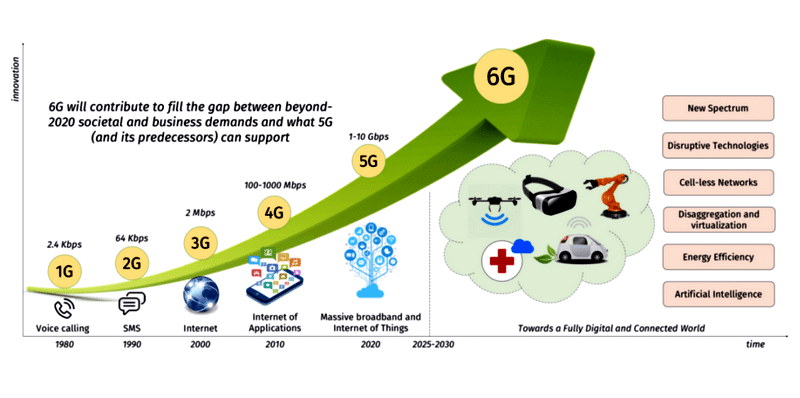
6G would have a speed of about one terabit per second, 1000 times faster than 5G.
- 5G will become widespread and commercially available in most developed nations to enable novel AR/VR, autonomous vehicles, and innovative city applications.
- Likely at the early research and development stage for 6G to offer even more speed and low latency.
- These networks could enable new forms of remote work, telemedicine, and immersive entertainment.
By the end of 2023, 5G technology had already been deployed in over 70 countries, including massive adoption in mature markets like the United States, South Korea, and China. This wide availability should transform many industries.
Furthermore, with ultra-low latency and ultra-high speed brought about by 5G, new experiences shall be möglich — in augmented reality, virtual reality, autonomous vehicles, and smart city innovations.
About the 6G Networks: Despite being still at an infant stage of research and development, it ensures higher speed and lower latency than 5G.
According to studies, 6G would have a speed of about one terabit per second, 1000 times faster than 5G. It can host applications such as holographic communication, real-time remote surgeries, và fully immersive virtual environments.
#5. Quantum Computing
- Has not become mainstream, but a schedule to solve real-world problems in specific domains can begin with technology.
- That could further spur drug discovery material and financial modeling breakthroughs.
- More quantum-resistant cryptography becomes of higher importance as the development of quantum computers advances.

Quantum computing is one of the best technology trends in 2025.
Quantum computing stands at the forefront of technological innovation. This one of the best technology trends in 2025 will soon revolutionize many diverse fields with its unprecedented computing power.
Quantum computers, unlike their classical brethren, use quantum bits that allow for exponentially faster and more complex calculations to be made.
The potential of quantum computing is reflected in its explosive market growth.
- The global quantum computing market is projected to reach $5.3 billion by 2029, growing at a CAGR of 32.7% from 2023.
- For now, tech giants sprint toward quantum supremacy:
- Google claimed this milestone in 2023 with its 70-qubit Sycamore processor.
- IBM unveiled its first-ever 1,000-qubit quantum chip, aiming for a 4,000+ qubit system by 2025.
The potential for transformation that quantum computing has lies across many industries:
- Cryptography: Current encryption standards can be broken by quantum computers, which will drive the development of quantum-resistant cryptography. The U.S. National Institute of Standards and Technology is already working on preparing post-quantum cryptography standards.
- Drug Discovery: Such quantum simulations can reduce years to months in drug development timelines. For instance, in a pilot study, Volkswagen and D-Wave harnessed the power of quantum annealing to optimize traffic flow, reducing travel times by up to 20%.
- Quantum Computing: JPMorgan Chase and Barclays explore quantum computing for more effective risk assessment and fraud detection.
- Modeling Climate: Quantum simulation studies of higher quality may result in better predictions for climate change and mitigation strategies.
Overall, the impact of quantum computing on technology and society will be immense as the computing paradigm keeps advancing. The investment by an organization in quantum capabilities now puts it at the forefront of this sea-changing best technology trends.
#6. Sustainable and Green Technologies
- Renewable energy sources such as solar and wind will likely become more efficient and widely adopted.
- We can witness improvements and investments in energy storage technologies that will provide excellent reliability for renewable energy.
- Sustainable materials and manufacturing processes to be more widespread in different industries
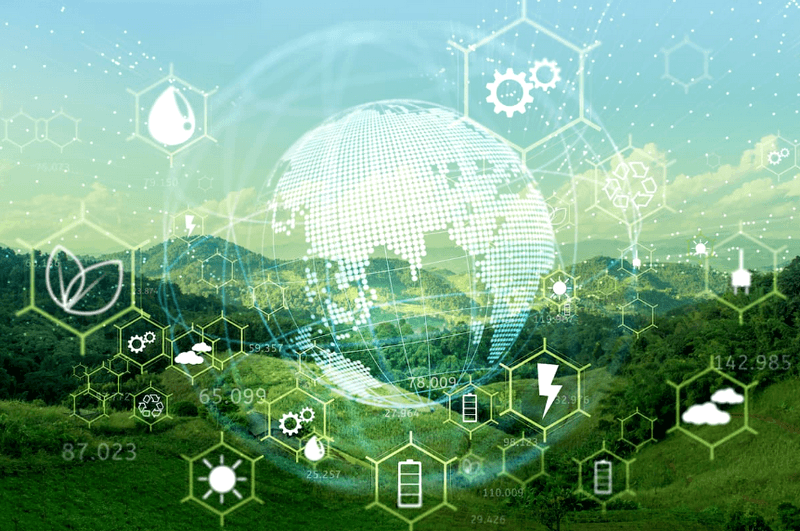
Sustainable business has transformed into a ‘must have’ rather than a ‘nice to have.
A significant shift towards sustainable energy is underway, driven by innovations in renewable energy, energy storage, và carbon management technologies. This transition is crucial for achieving net-zero emissions goals.
Recent data below underscore the urgency of this shift:
- The International Energy Agency (IEA) reports that renewable energy capacity additions are set to grow by 107 GW in 2023, reaching almost 440 GW. This is equivalent to the combined installed power capacity of Germany and Spain.
- Global investment in energy transition technologies reached a record $1.8 trillion in 2023, according to BloombergNEF, with renewable energy and electrified transport drawing the largest shares.
- The cost of lithium-ion batteries, critical for energy storage, has fallen by 97% since 1991, making sustainable energy solutions increasingly economical.
Besides, Gartner’s research highlights the business imperative of sustainability:
“Sustainable business has transformed into a ‘must have’ rather than a ‘nice to have,'” says Kandaswamy from Gartner. “In an increasingly technology-driven world, sustainable business is underpinned by sustainable technology.”
This shift is reflected in corporate strategies:
- 42% of leaders leverage sustainability activities to drive innovation, differentiation, and enterprise growth through sustainable products.
- Gartner predicts that by 2025, tech providers who can quantify their offering’s positive contribution to customers’ sustainability objectives will increase their win rate by 20%.
These best technology trends indicate that sustainability is not just an environmental necessity but a key driver of business success and technological innovation in the coming years.
#7. Biotechnology and Synthetic Biology
- These best technology trends can be employed using CRISPR or other gene-editing techniques to cure inherited genetic diseases.
- It could further commercialize lab-created meat and produce a significant shift within the food industry.
- Examples include constructing new materials or producing new chemicals using synthetic biology to do so more succinctly.
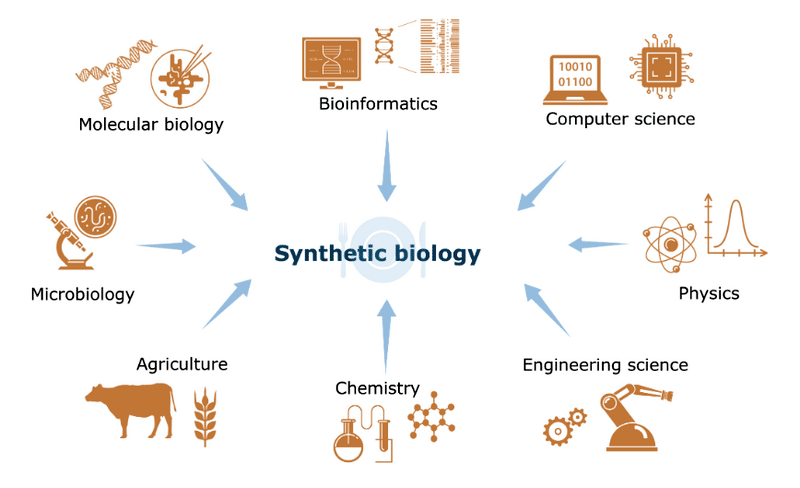
Biotechnology and Synthetic Biology
By 2034, genetic editing và stem cell markets will join others in personalized medicine to redefine healthcare. According to Grand View Research, by 2030, such technologies are forecast to hit a global market of USD 729.7 billion by expanding at a CAGR of 14.3% from 2023-2030. 1 2 3
Improvements in CRISPR-Cas9 gene editing could significantly minimize the incidence rate of any genetic disorder within society.
For instance, efficiency in treating sickle cell disease using CRISPR showed up to 80% results in several clinical trials, according to the New England Journal of Medicine. It can potentially extend the human lifespan by addressing different genetic predispositions that cause various diseases.
It may be that, powered by stem cell research, regenerative medicine is going to solve the organ shortage crisis. With more than 100,000 people in the US alone waiting for organ transplants, the ability to “regrow” organs could save hundreds of thousands of lives.
This means that, very soon, all treatments will be tailored and patient-specific. However, such advancements raise several critical ethical questions:
- Genetic editing of embryos: How do we ensure that everyone gets a fair deal, and how are we going to solve this problem of consent?
- Unanticipated complications to health: What are the long-term effects of the gene edits?
- Data protection: How do we protect sensitive genetic information in a progressing digital healthcare system?
These very transformative technologies will realize their full potential in this decade by meeting these challenges now.
#8. Cybersecurity
- We will expect the evolution of advanced AI-driven security systems as the threat keeps them on their toes. Therefore, there has been a shift from protecting the network regarding interrupt signals to protecting IoT devices and quantum-resistant encryption.
- More practical privacy-enhancing technologies like homomorphic encryption
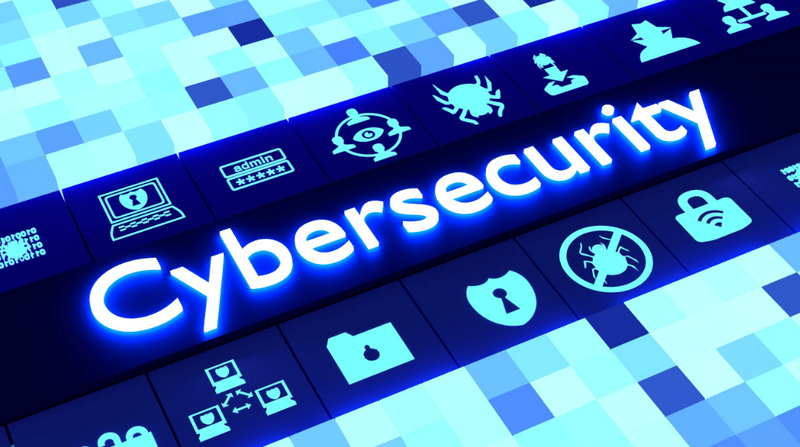
One of the best technology trends in 2025 on this list is cybersecurity.
The last of the best technology trends in 2025 on this list is cybersecurity. As winds of cybersecurity threats change, so do their defenses.
Advanced AI-driven security systems set the next wave in cybersecurity innovation and offer resilience against a mutating threat landscape. Conventional methods of network protection are yielding ground to IoT device protection and quantum-safe encryption techniques.
- AI-Driven Security Systems:
Artificial intelligence in cybersecurity embeds more advanced and proactive defense mechanisms. Broader scrutiny of big data in real-time for the identification and responsive measures against threats is possible with AI systems, which is beyond human capability.
- Protection of IoT Devices:
With the proliferation of IoT devices, the attack surface of cyber threats is increasing. AI-driven solutions are given major tasks to analyze and secure IoT environments, ensuring that every device is safe against possible exploits.
- Quantum-Resistant Encryption
As quantum computing advances, it poses a potential threat to current encryption methods. In response, the development of quantum-resistant encryption algorithms is becoming a priority.
- Privacy-Enhancing Technologies
This is also the case for technologies like homomorphic encryption, which are rapidly emerging. Homomorphic encryption is a specialty form of encryption that enables manipulation without decryption, thereby preserving privacy while computations on such encrypted data are taking place.
This ability is very useful in secure data sharing and processing, whether the application is cloud computing or financial services.
🔔Entrust Your Project to Innotech Vietnam’s Expert Software Outsourcing Team, and Relax
=> Sounds Good
Conclusion
In a nutshell, these best technology trends in 2025 and beyond are poised for transformative advancements across various domains.
From integrating AI and machine learning into daily tasks and business processes to the emergence of quantum computing, sustainable technologies, and extended reality, these trends promise to revolutionize industries and enhance user experiences.
IoT and edge computing will drive smart cities and homes, while 5G and the developing 6G networks will enable unprecedented connectivity.
Biotechnology and synthetic biology are set to redefine healthcare and food production, and cybersecurity innovations will address evolving threats.
Embracing these trends will be crucial for businesses and individuals to stay competitive and leverage the full potential of technological progress. Thank you for reading!



